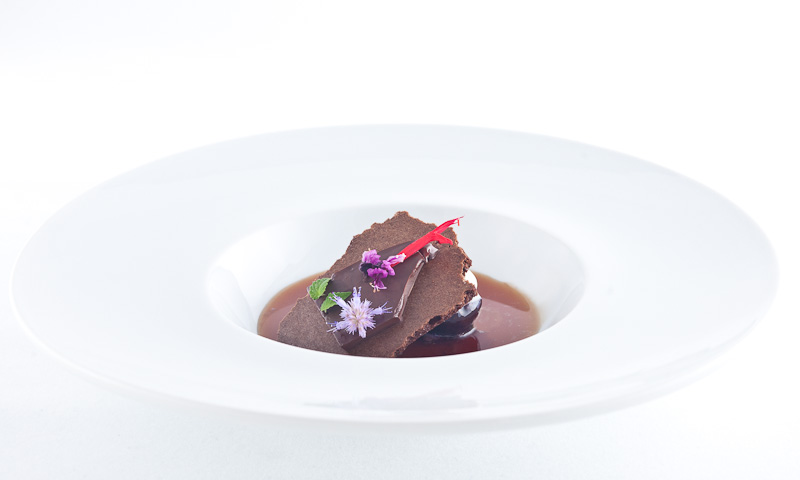
I continue to vacillate on this project between feeling relentless obligation to keep marching forward with it despite not having much fun some of the time and feeling euphorically hungry for more other times. Last week’s dish exemplified the former; when it started becoming evident to me my odd stump-carving idea wasn’t going to pan out like I’d hoped, my enthusiasm for the whole thing was stunted and I pressed on out of obligation rather than from having fun with it. I feel that it’s clear in the finished product when this happens; I don’t write as well, I don’t photograph as well, and the whole thing has a pall cast over it. I guess (or hope) there’s something to be said for having tenacity, but a better trick would be to either figure out how to turn frustration into enthusiasm mid-stream, or to slough off the frustration innately. I’ve come to terms with my propensity to be deliberate and methodical, but dislike that those habits extend to bad moments too; I feel somehow irresponsible if I try to distract myself from feelings of frustration.
Having pontificated about all that though, I can say this dish veered to the other end of the spectrum; it was fun as shit. I find most of the dishes I have the most fun with are ones where I’m taken totally off-guard by something, and this one did that in spades.
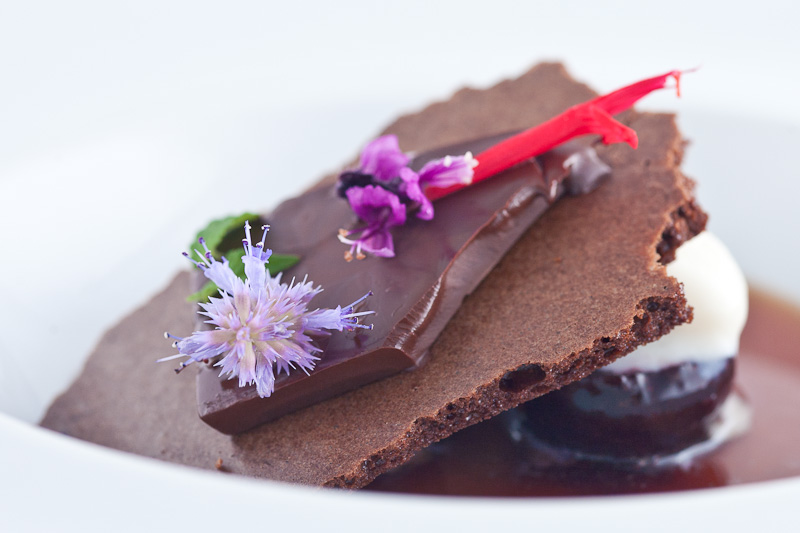
The title of this dish is different enough from the rest that it gave me pause when I flipped to it. 94 degrees is pretty specific…why? I looked up chocolate and cocoa butter on Wikipedia; cocoa butter’s melting point is 95F. Rad.
I started off by braising some black mission figs. Figs are right in season here, and I found a punnet at Berkeley Bowl for around $4.30.
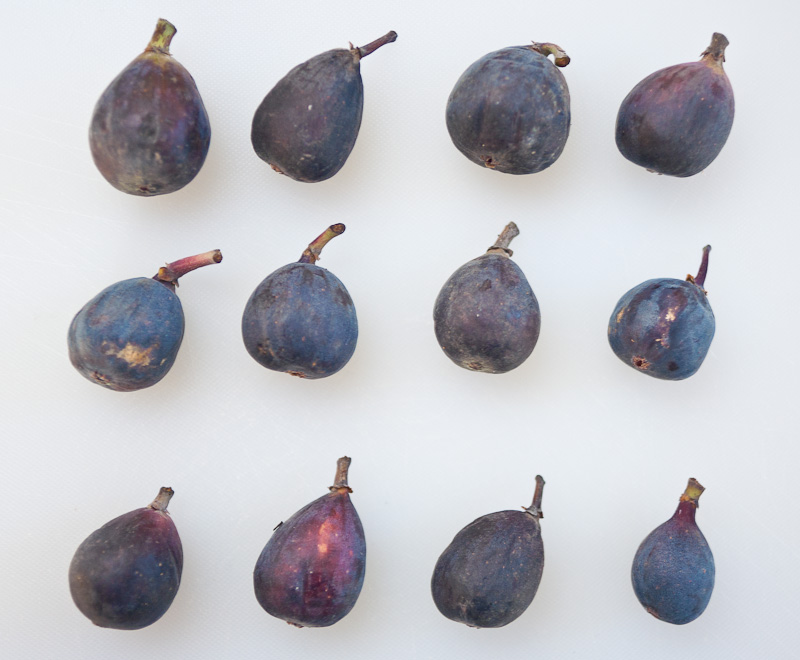
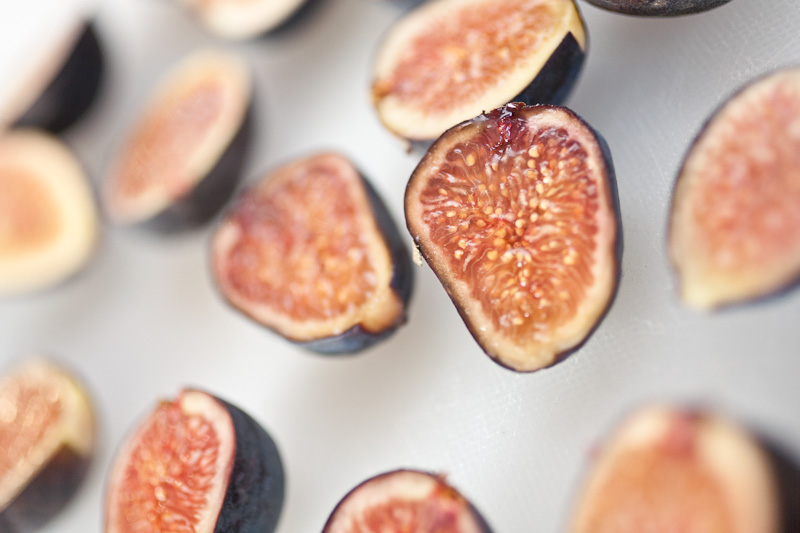
I put them in a pot with some reduced red and port wines, sugar, and glucose, and braised them for about a half hour. Then I reduced the liquid to a glaze and poured it over top of them. I’d never really worked with figs before this…my experience with them didn’t extend past Fig Newtowns (which are clearly delicious). These things are magical; they’re sweet and sticky and robust and ‘deep’ in flavor.
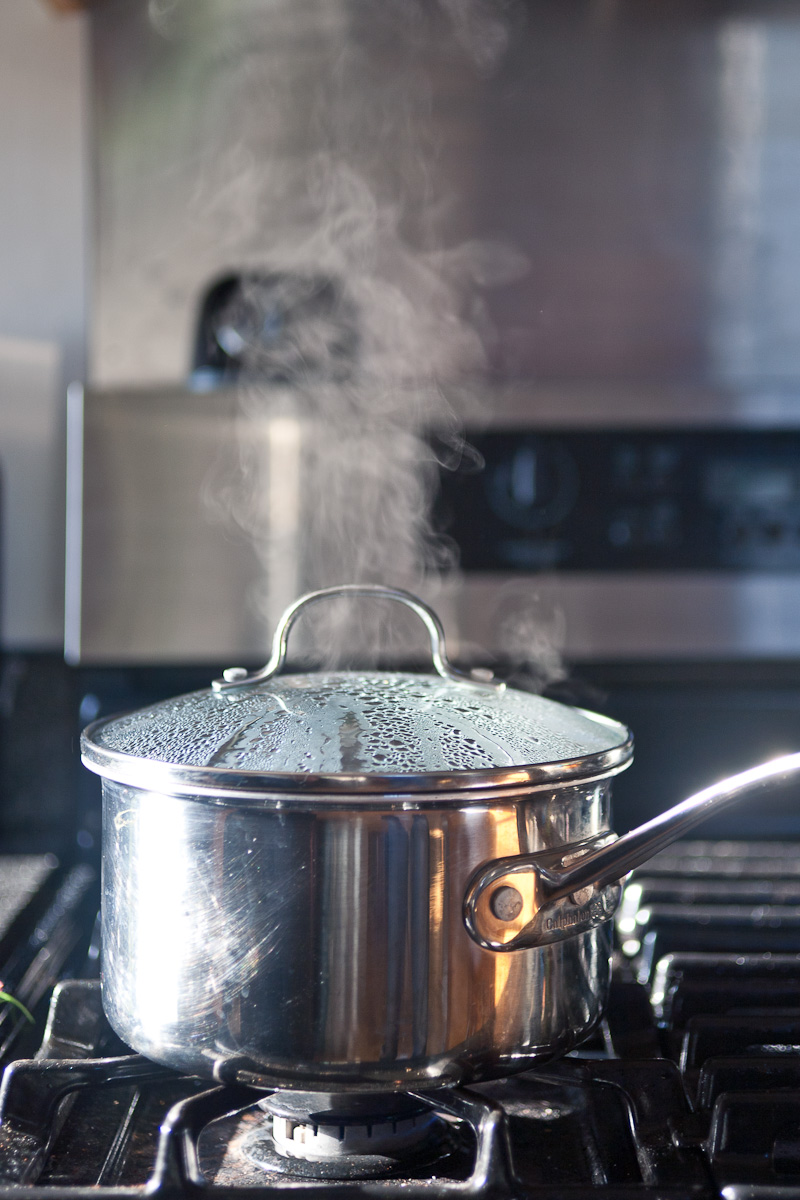
Next I made some bergamot tea. Oil from the bergamot orange is used to give Earl Grey tea its distinctive flavor–a factoid I didn’t know until I dug into this. I brought to boil some sugar, glucose, a bit of salt, and dried figs, then added some earl grey tea leaves. I let the mixture steep for about 15 minutes, then blended with Ultra-Tex 3. The use of the thickener here was odd to me when I first read it. I didn’t use enough of it to form a gel, but when I tasted the final mixture I understood: the thickener adds enough texture to the tea to make it hang around in one’s mouth longer, sort of the way heavy cream does. This was surprising and super-cool–the earl grey and fig flavors lingered for several minutes on my tongue.
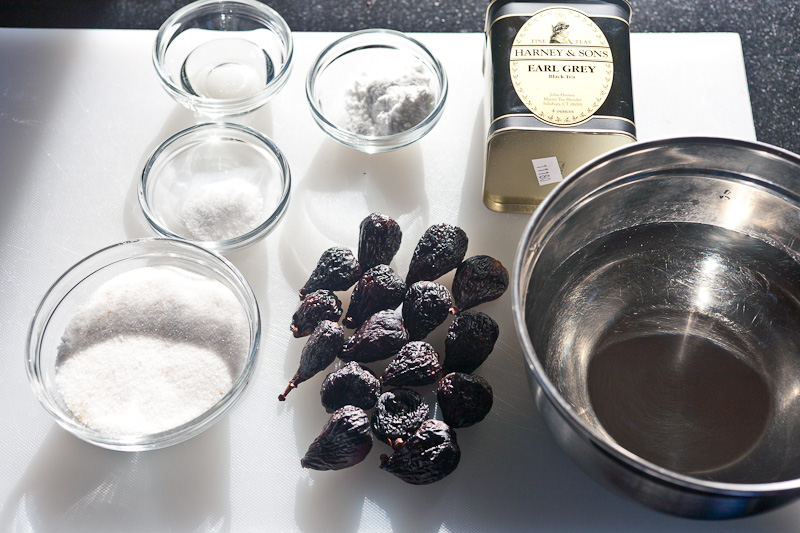
Next up was dehydrated chocolate mousse. This one was very familiar to me: I made a similar version of it with the avocado/lime dish a while back. I melted some chocolate, and whipped some egg whites into a merengue. I folded the two together to form a fluffy mousse, then smeared it on a sheet and put it in my dehydrator.
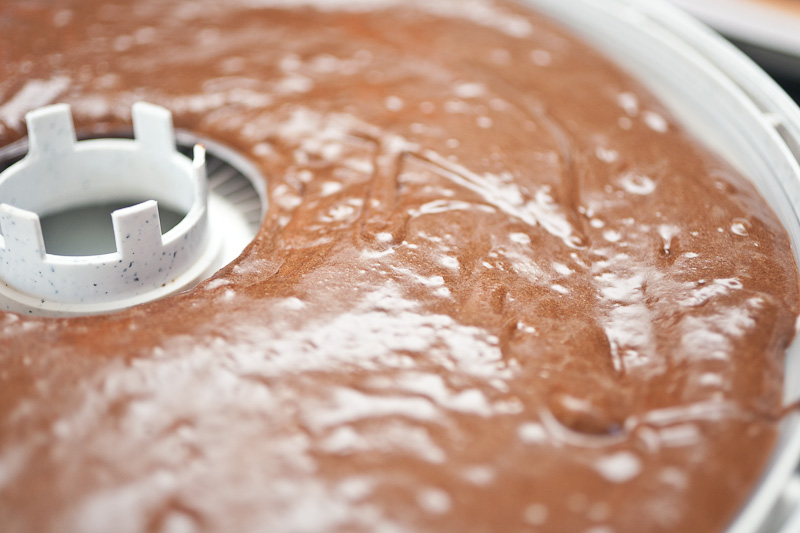
The little white quenelle in this dish is cassia ice cream. Cassia is the plant whose bark is often used to make the kind of cinnamon you find in most grocery stores. The buds have a complex, subtle aroma that’s sort of like a super-swanky Red Hot. I toasted a bottle-full of these before adding them to milk and letting the mixture steep for 15 minutes. Then I added sugar, glucose, gelatin, and Stabi-3000 (I use the same measure of this stuff as the book calls for the Louis Francois stabilizer; in the future I’d go a bit heavier with it, as the mixture wasn’t as–well–stabilized as I’d like. ). The final taste of this was, like all the other components here, surprising and super-delicious. Red Hots ice cream.

The last step was bringing some chocolate to 94F. The book acknowledges the specificity and difficulty here, and says I could just opt to sit the chocolate someplace warm, like on an oven top. But, I mean, come on.
I found a used, large styrofoam container used to overnight meats that I figured would work awesomely for this.
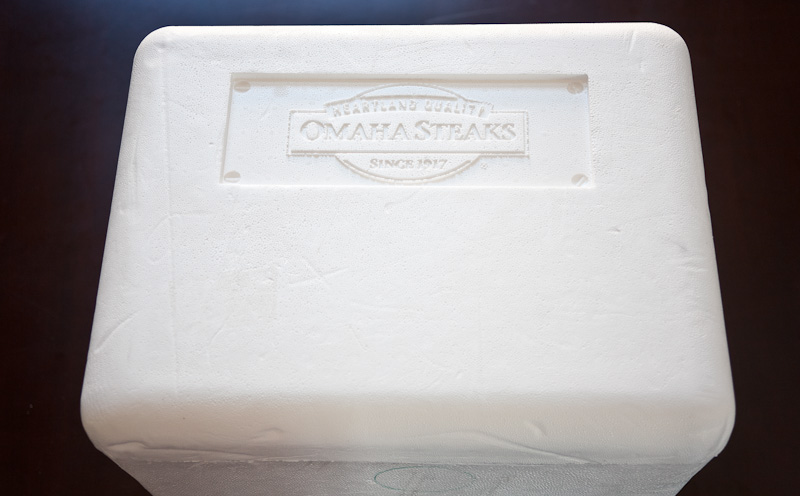
I also went to Home Depot in search of a heat source. At first, I’d snagged a heat lamp and was looking around for a light fixture for it, but then I came across some halogen flood work lights. This one was $15, and I knew from many a crappy college dorm room that halogen lights get hella hot.
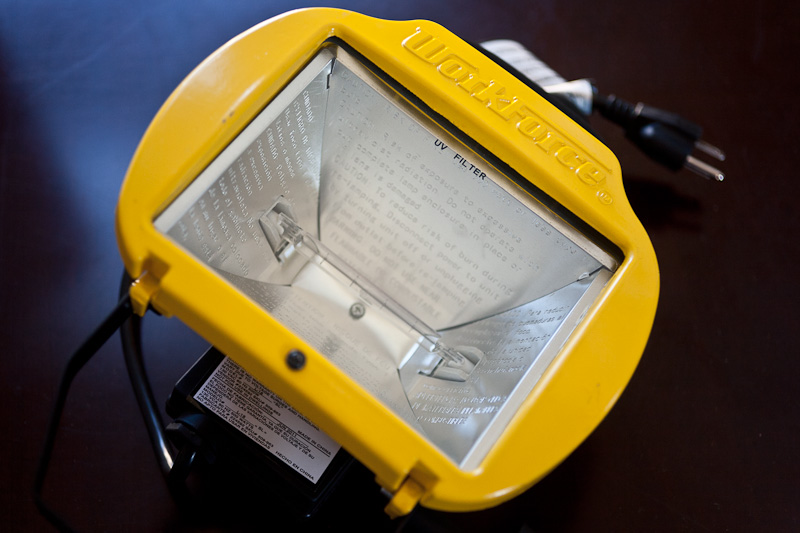
I cut a hole in the bottom of the cooler to let the light flood through, and another small circular window into which I fitted a glass candle plate…this was to allow me to measure temperature with an infrared laser thermometer, and also to let me see into the container to check on things.
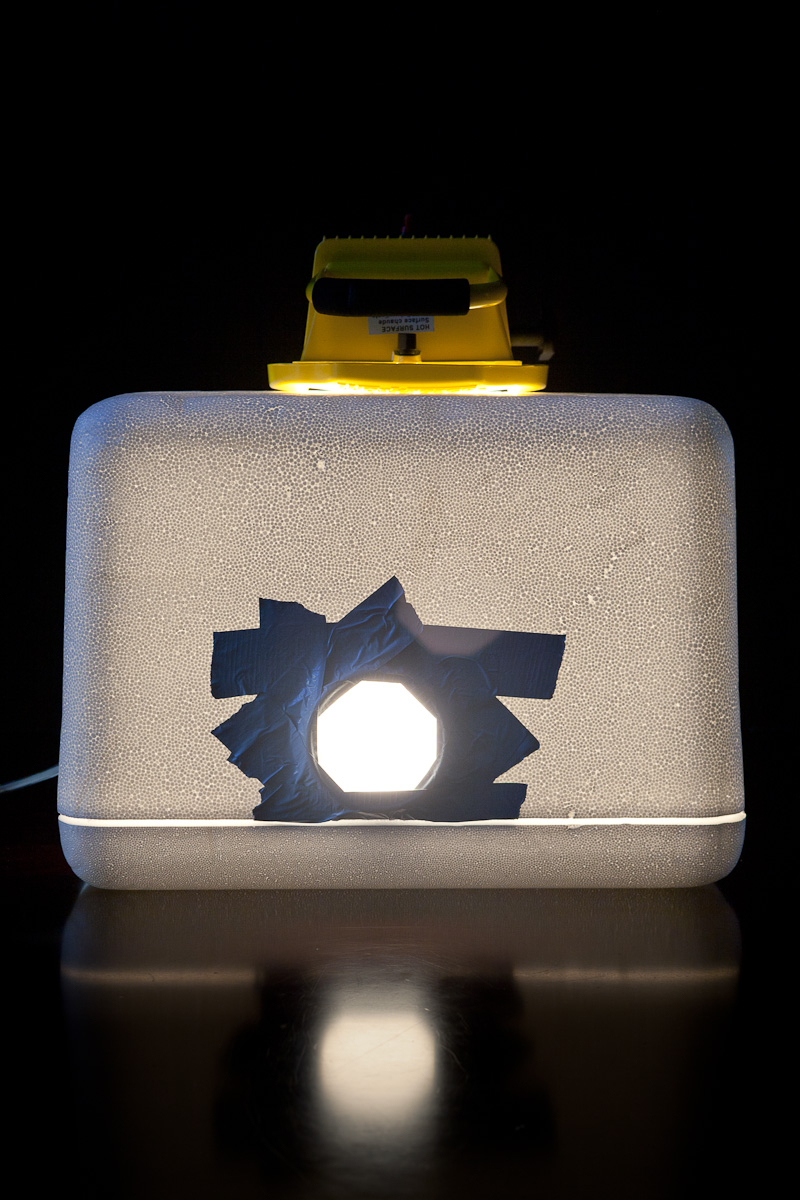
I wanted to do a test run with this thing, so I got a plate and put a few 72% chocolate buttons on it. In the center is a plug of chocolate and cocoa butter I’d saved from my chocolate-spraying experiment a while back…it’s closer to 30% chocolate. Cocoa butter’s lowest melting point is 93.4F, but depending on crystallization and cacao content, chocolate itself melts somewhere between 95F and 98F. So, if I got the temperature juuuuust right, the buttons would keep their shape and be just below melting, while the plug in the center would collapse.
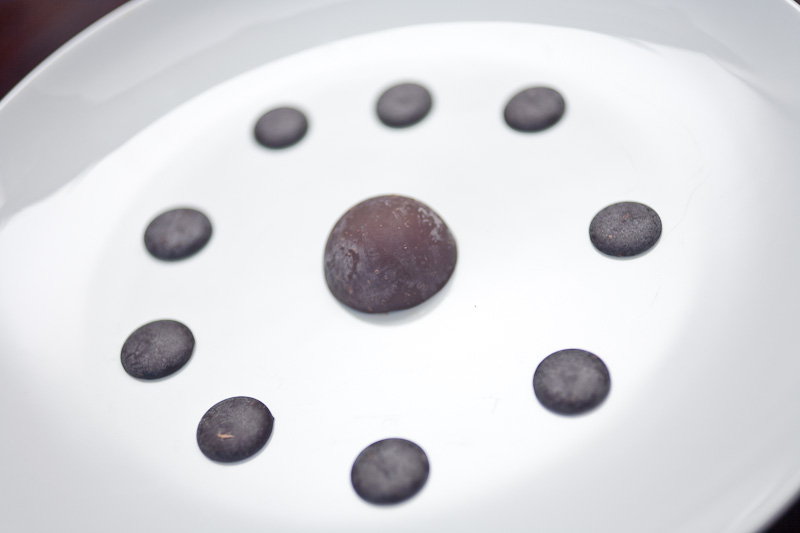
I put the plate on the ‘lid’ of the cooler, along with the thermocouple from my Sous Vide Magic. I’ve often lusted for a swankier sous-vide setup; this one works by dipping a thermocouple into a rice cooker, and plugging the rice cooker into a controller. The controller detects internal temperature of the cooker, and switches power to it on and off to maintain a constant temperature. It works perfectly awesomely, though I end up with a lot of cords strewn about when I use it. When I realized I could adapt it for this dish, though, I was immediately glad I hadn’t gone for the more task-specific thermocirculator or self-contained water bath.
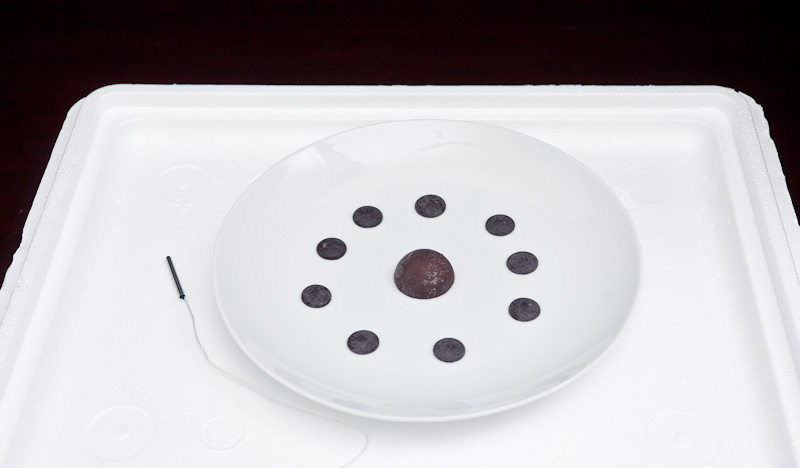
Before fitting the light onto the box, I took a measurement of the chocolate just out of the fridge. Because everything in the book works in metric units, I’ve habitually worked in them since starting this. So, my target temperature for the chocolate is 35C.

I plug the light into the temperature controller, and let it govern the power of the light to bring the cooler up to temperature. It clicks on and off every few seconds to maintain 35C.
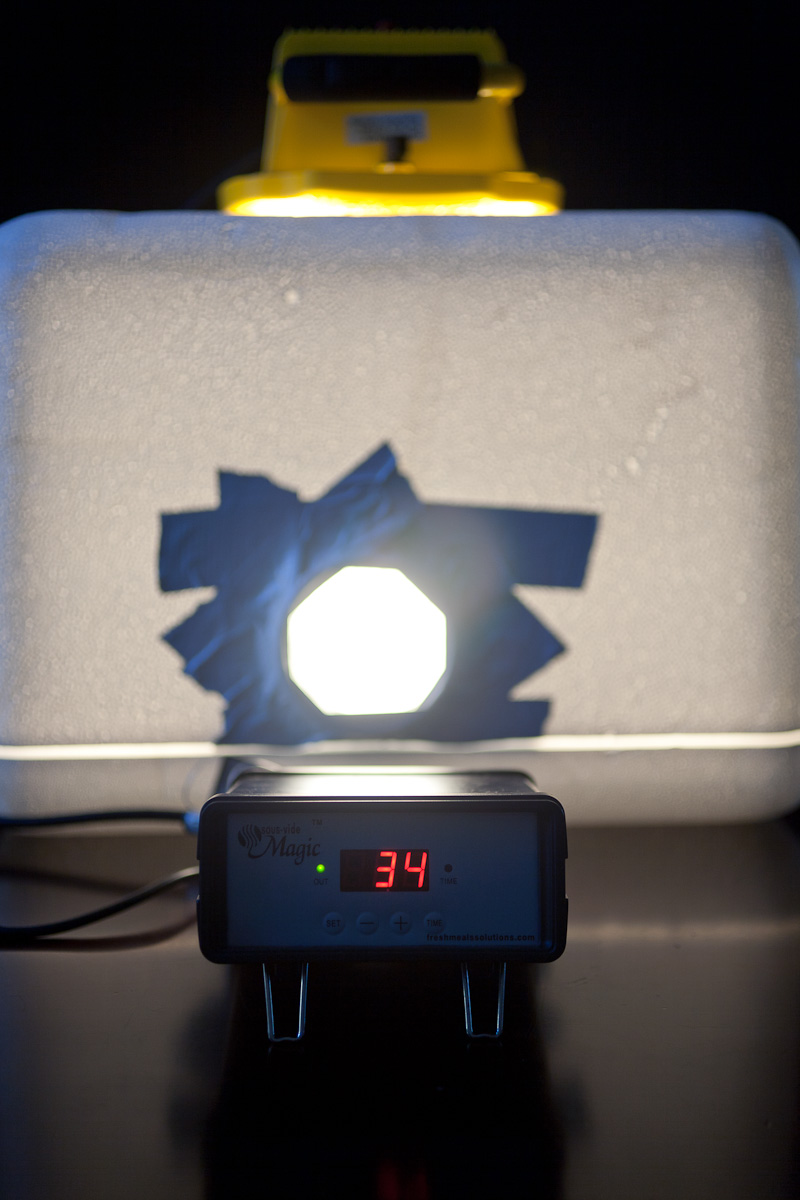
After 20 minutes, I took the plate out and found this.
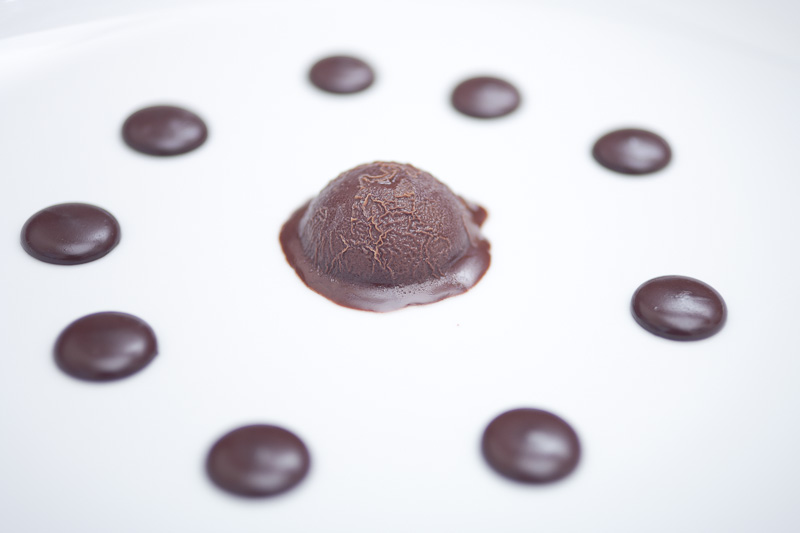
I took a small metal pin and poked it into the buttons to check for resistance. There was none, and when I dragged the pin out, I could see the chocolate was exactly just below it’s melting point, while still holding its original shape.
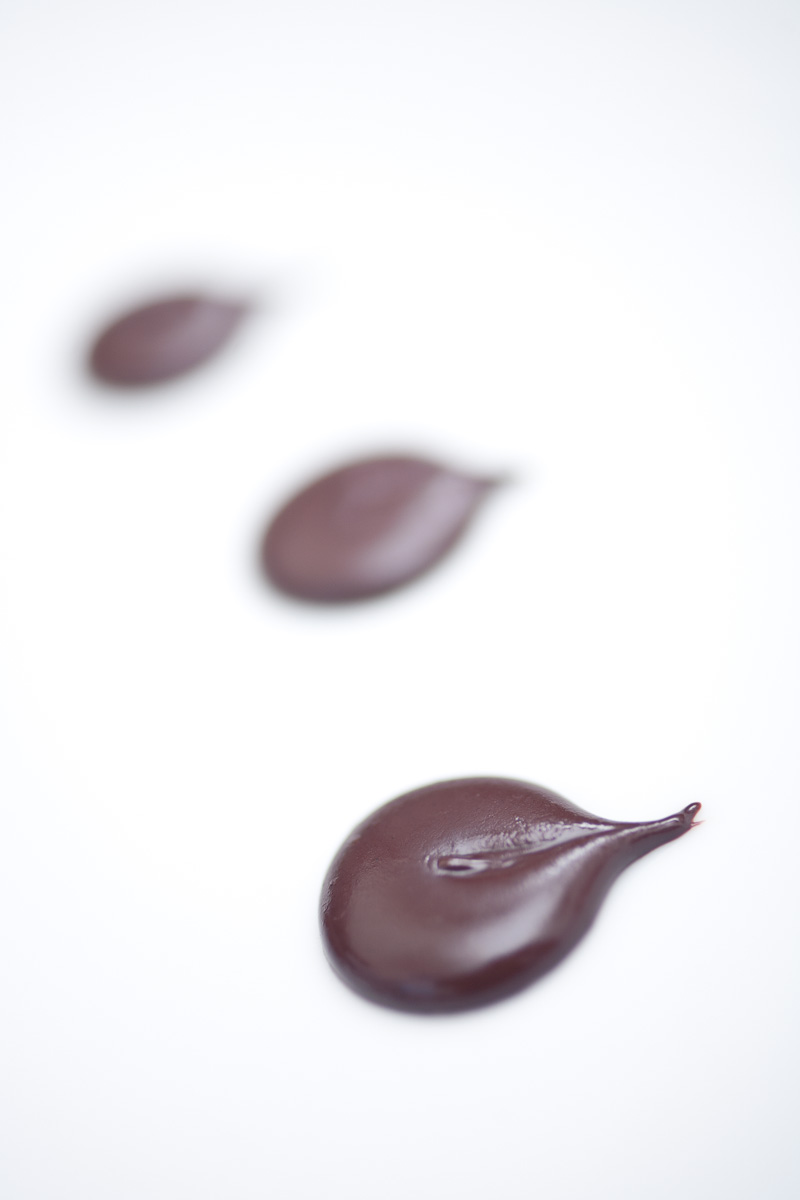
Awesome.
My heat chamber working, I moved on to a second test. For the final plate, I wanted to use our local Tcho chocolate. This stuff is really tasty, and I love the story and operation these guys run here. Anyone from the bay area will recognize their packaging and funny naming system, and I’ve been to several dinner parties where contemporaneous tastings are proffered, so I figured I’d do the same here.
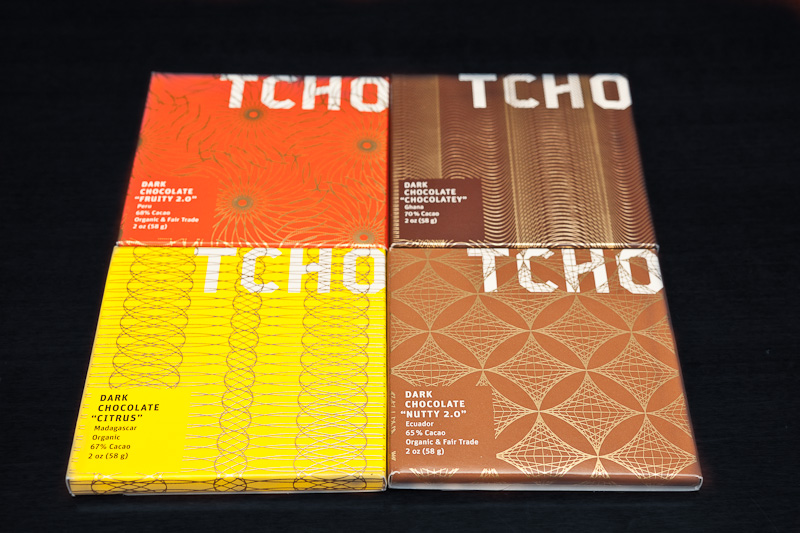
I broke off a chip of dehydrated chocolate mousse; the stuff is delicate and airy, and crushes like a potato chip when one bites into it. I put a chunk of each Tcho block onto the chip, and put it into my heat chamber.
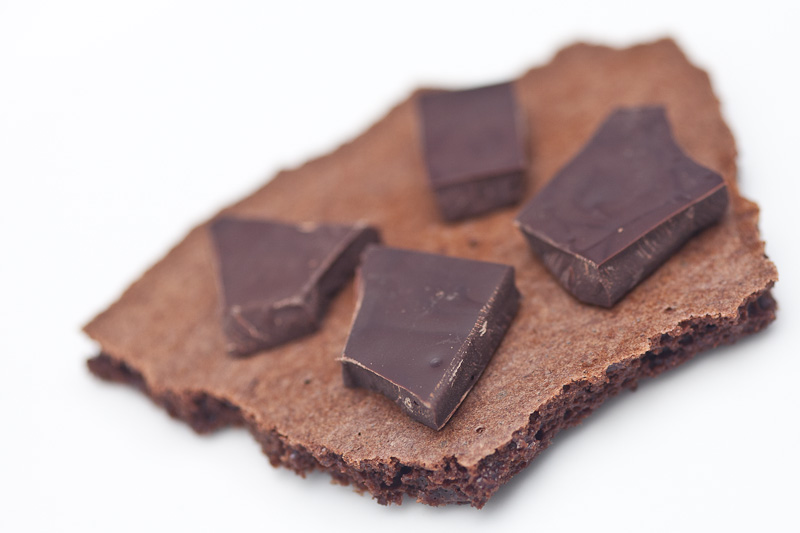
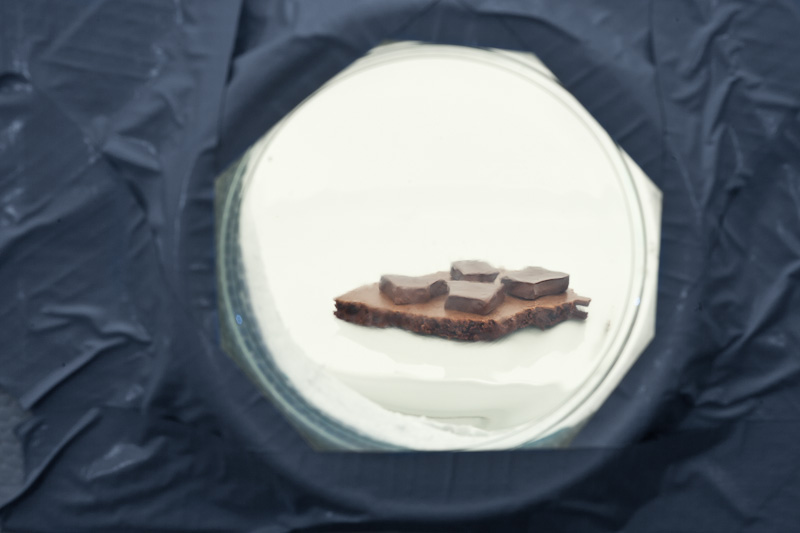
It’s tough to see here, but through the porthole I could see the chocolate take on a wet sheen and start to sag, but it held shape perfectly. After 20 minutes, it was ready to plate.
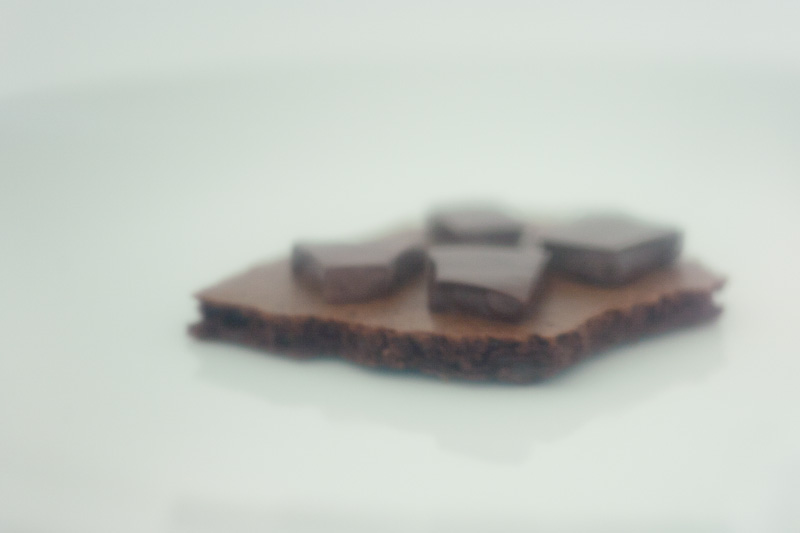
I plated the chip on top of 3 braised figs and a quenelle of cassis ice cream (side note: this was my first quenelle! It took me a few minutes and YouTube videos to figure it out, but in by the end of this I was banging them out one after another in a few seconds each). Into the plate I poured some warmed bergamot tea, and I topped the chocolate with fresh flowers from my garden (pineapple sage, african basil, anise hyssop, and oxalis).
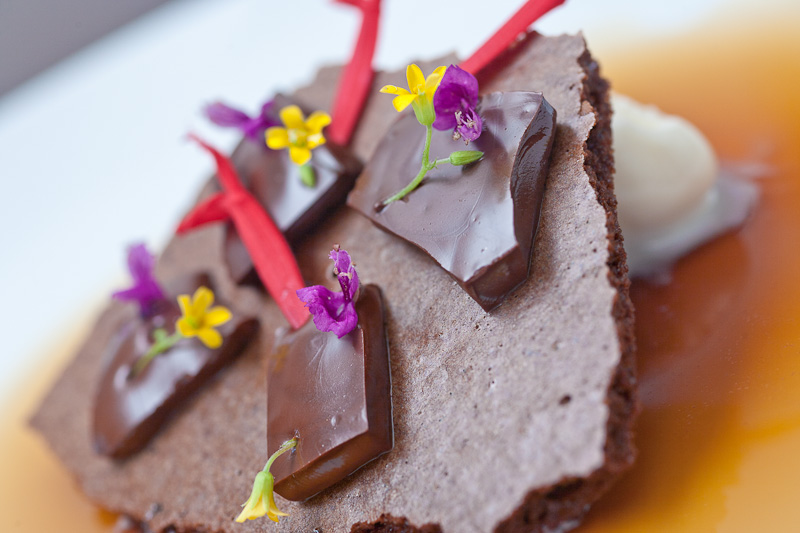
I loved the taste of this. LOVED it. The flavors are so contrasty that one might find them oddly-paired (Sarah, in fact, wasn’t sure what to make of it, didn’t particularly like the figs, and found the whole thing a little confusing), but I didn’t mind. The ice cream literally tastes like Red Hots, which tastes like a gong sounds against the chocolate. The figs and bergamot tea are warm and comforting–reassuring, even. The mousse chip cracks like a creme brulee when I tap it with my spoon, so it’s easy to scoop up a Perfect Bite (Kris’ term) of everything at once. The chocolate is beautiful and delicious, coating everything in the bite.
I tried hard to pick apart the various Tcho flavors, but that’s hard enough to do by themselves, and in this context was irrelevant and impossible. So I plated another serving with just one large chocolate piece, which I happily ate after shooting it. I felt oddly proud at the final result, and again my enthusiasm is buoyed. This project is relentless in lots of ways.
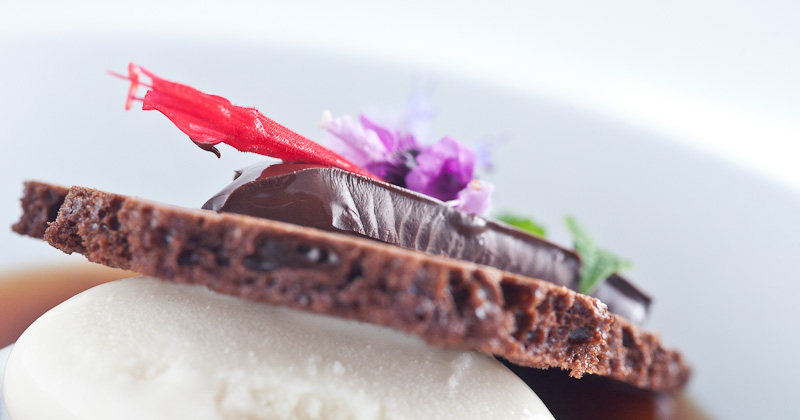
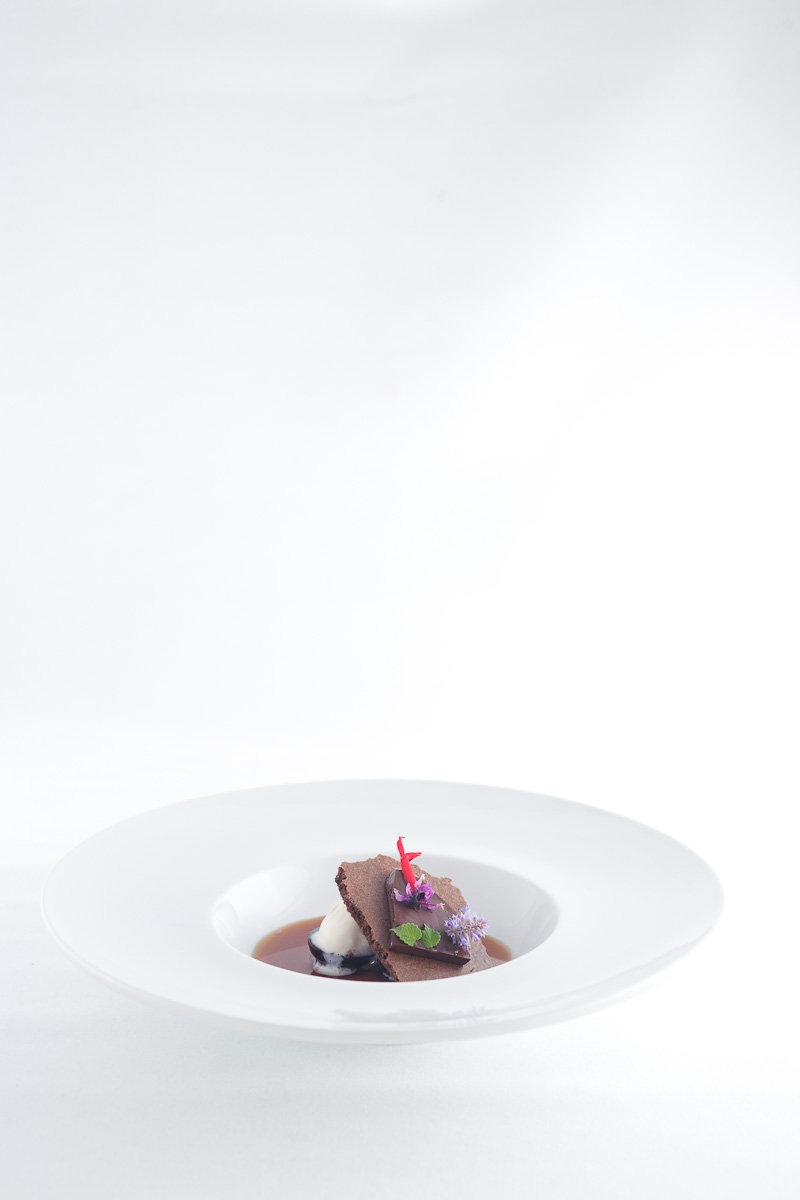
Ah! I just made this a couple weeks ago and had not had the chance to blog about it yet. Like you, we absolutely LOVED it. It was beautiful to look at and the combination of flavors and textures is perfect. Of course you had to go and build a damn “heating chamber”!! I just used my oven with the pilot lamp on :-). Keep up the good and beautiful work, even the frustrating recipes will teach you (and your readers) a lot.